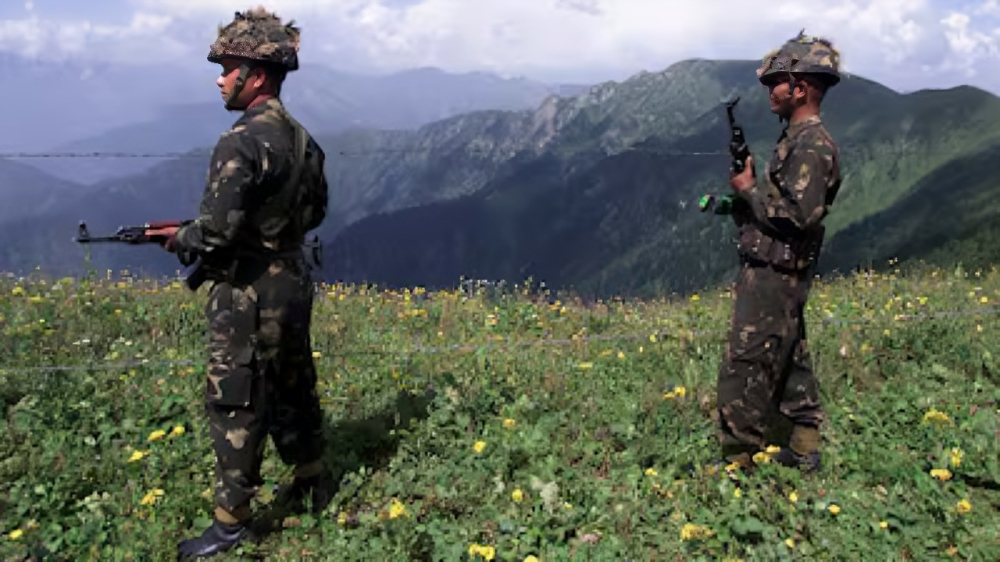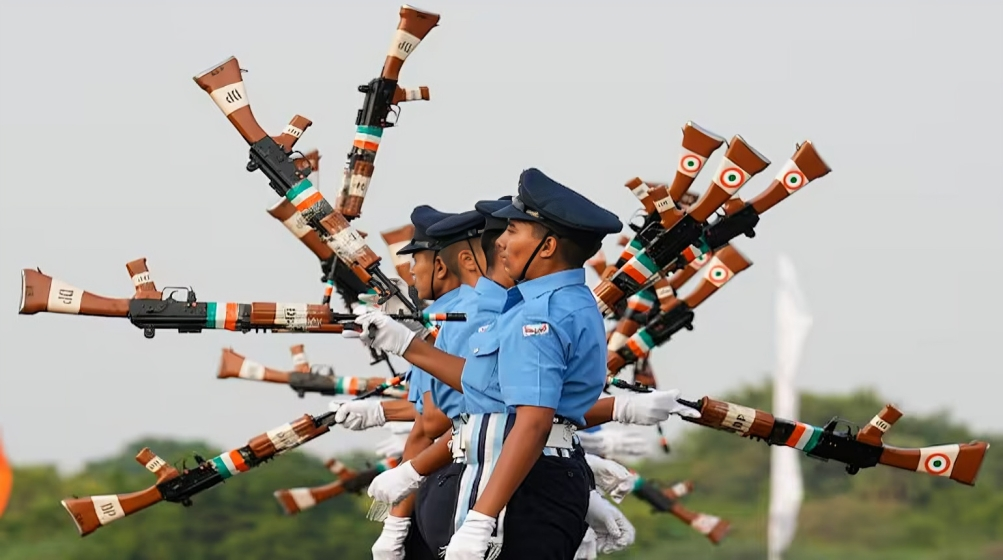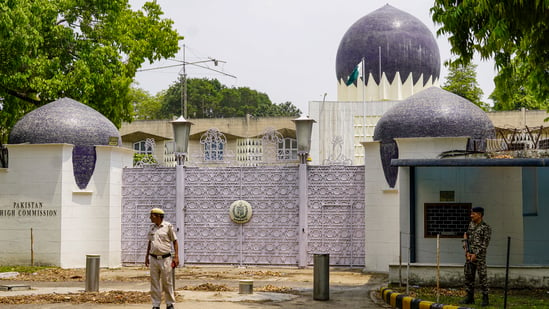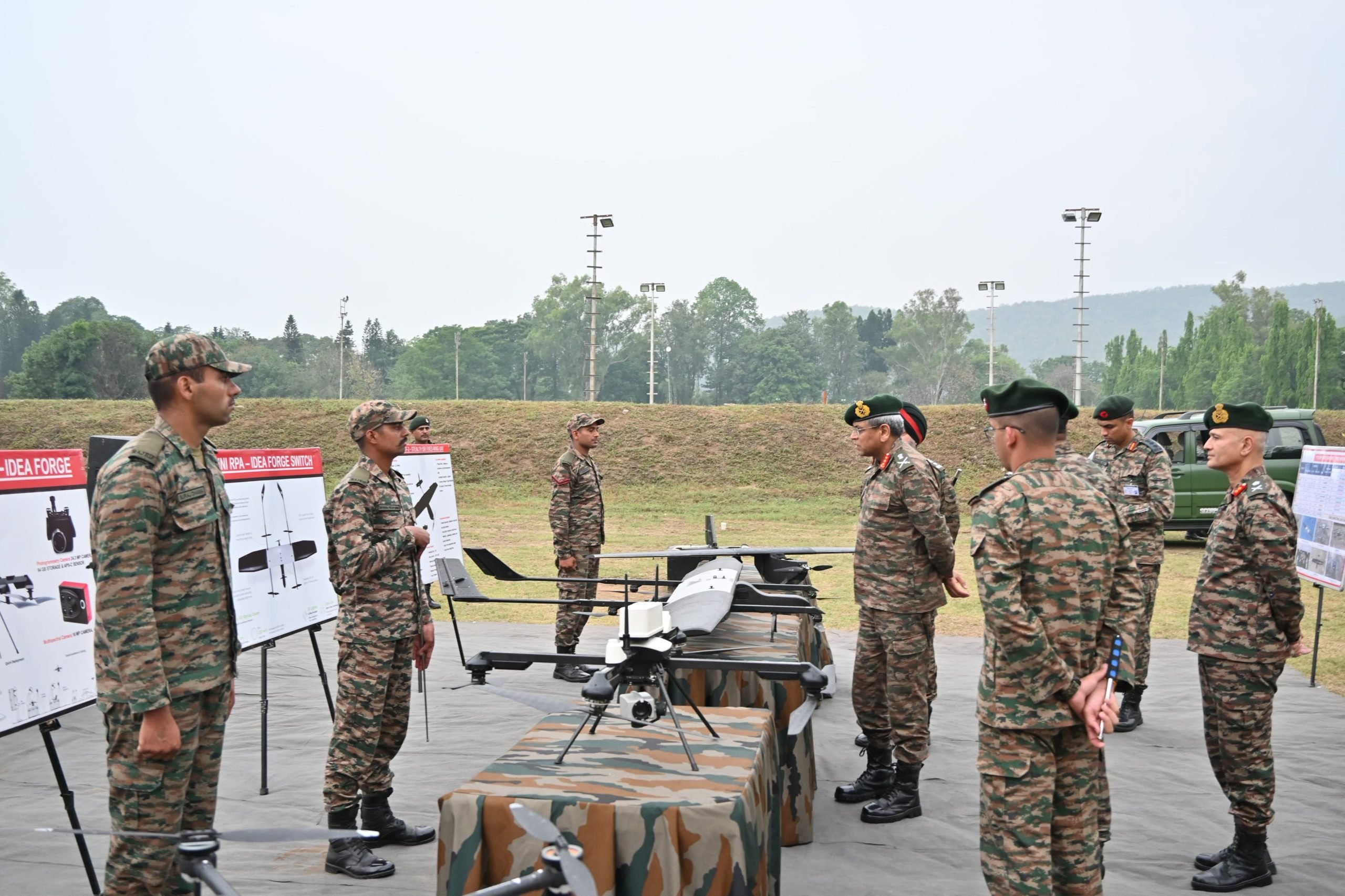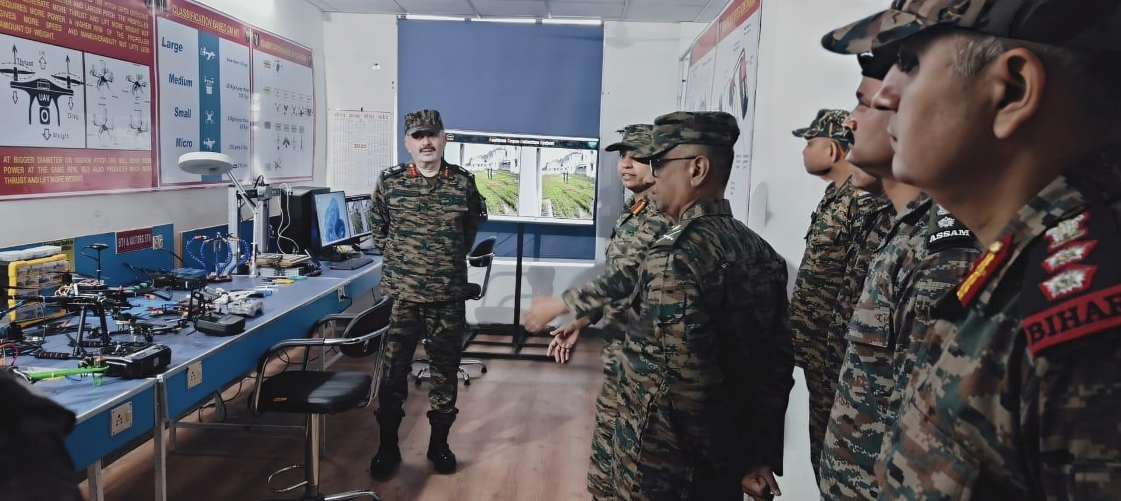Indian Security Forces Launch Operation Trashi in Kishtwar, Engage Terrorists in Ongoing Encounter
A high-stakes counter-terrorism mission, Operation Trashi, is underway in the Chhatru area of Kishtwar district as Indian security forces confront…
3,000 Agniveers Prove Their Mettle in Operation Sindoor’s Air Defence Battles
In a remarkable display of courage and competence, 3,000 Agniveers—young soldiers aged barely 20 and recruited under the Agnipath scheme—stood…
India Declares Pakistani Official Persona Non Grata, Asked to Leave Within 24 Hours
The Government of India has declared a Pakistani official at the Pakistan High Commission in New Delhi as persona non…
Lt Gen Anindya Sengupta Inspects Operational Readiness of Golden Key Gunners and Sabse Aagey Brigade in Dehradun
Lieutenant General Anindya Sengupta, General Officer Commanding-in-Chief (GOC-in-C) of the Indian Army’s Central Command, conducted a comprehensive inspection of the…
Lt Gen Abhijit S Pendharkar Reviews Preparedness at Likabali
Lieutenant General Abhijit S Pendharkar, General Officer Commanding (GOC) of the Indian Army’s Spear Corps, conducted a strategic review of…
Himachal’s Agniveer Naveen Kumar Dies in Kargil Landslide While on Duty
A 25-year-old Agniveer from Himachal Pradesh, Naveen Kumar, lost his life in a tragic landslide while on duty in the…

